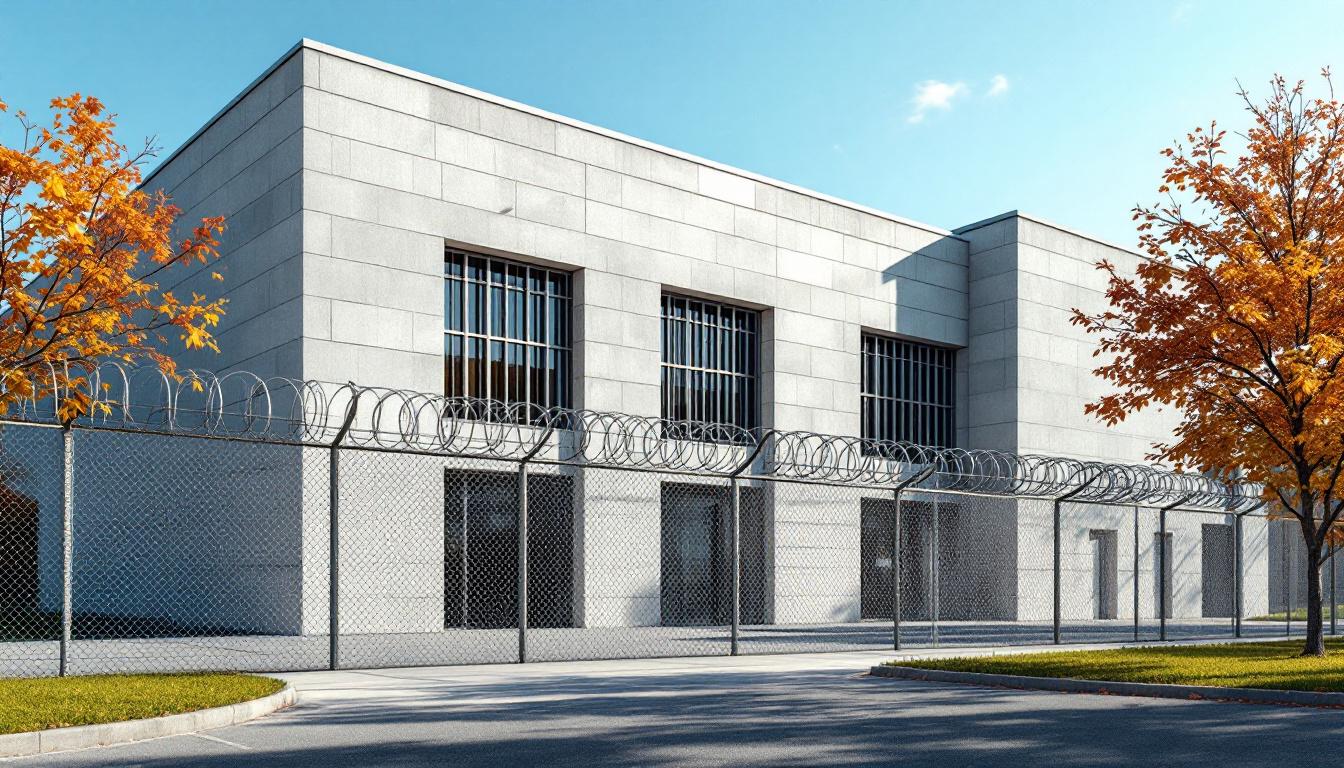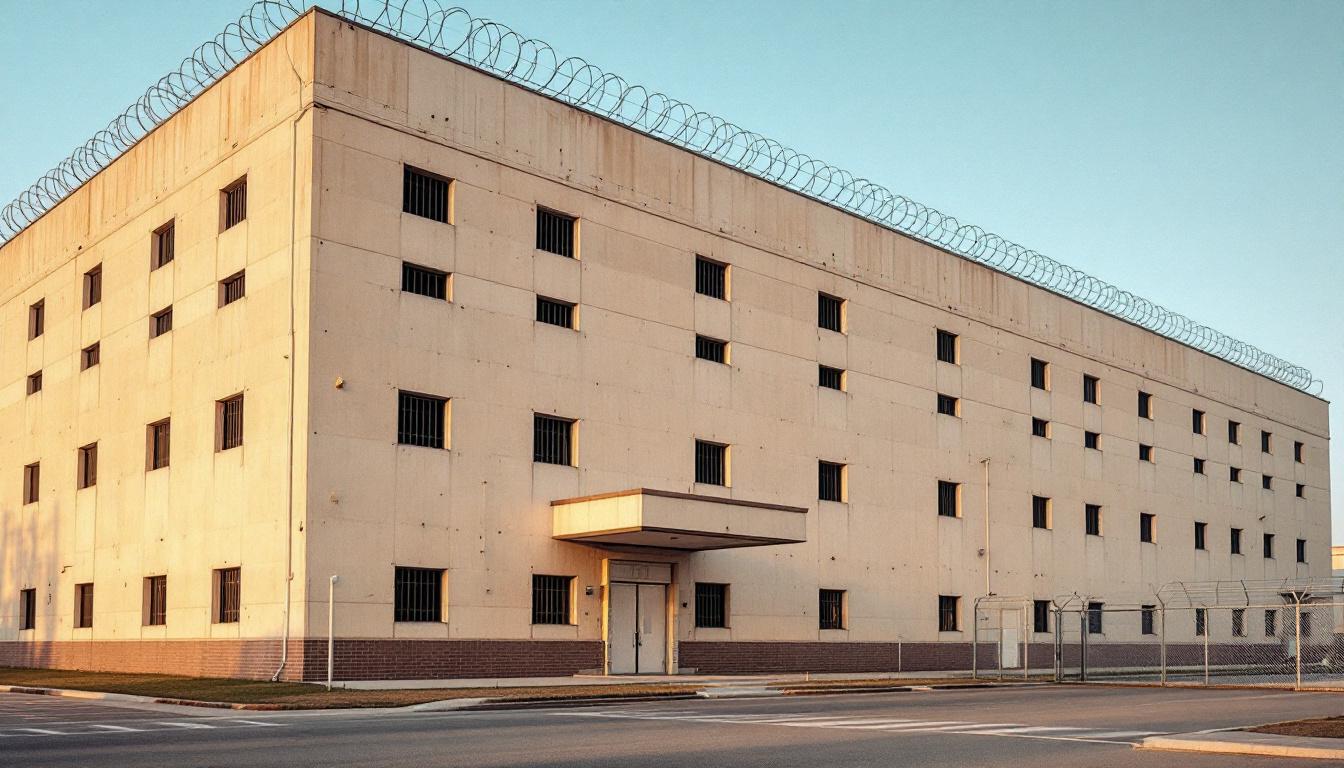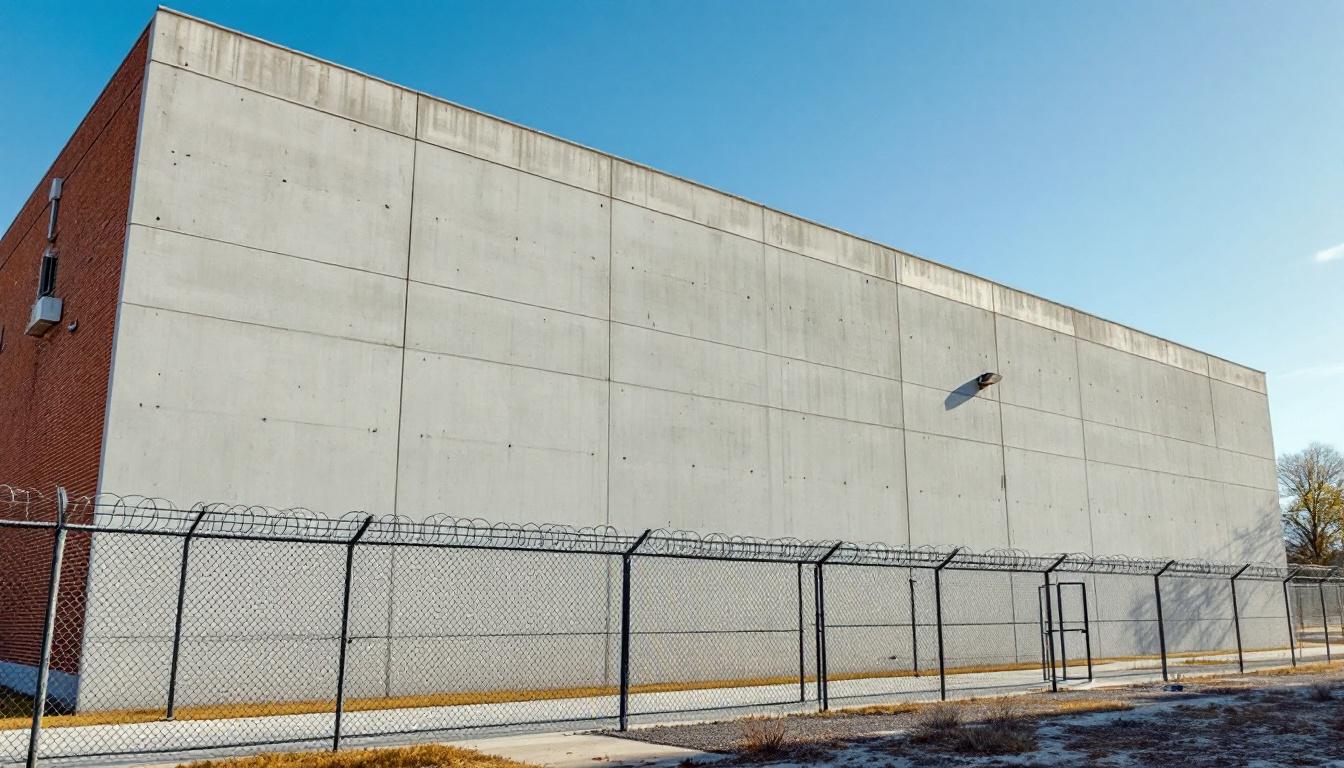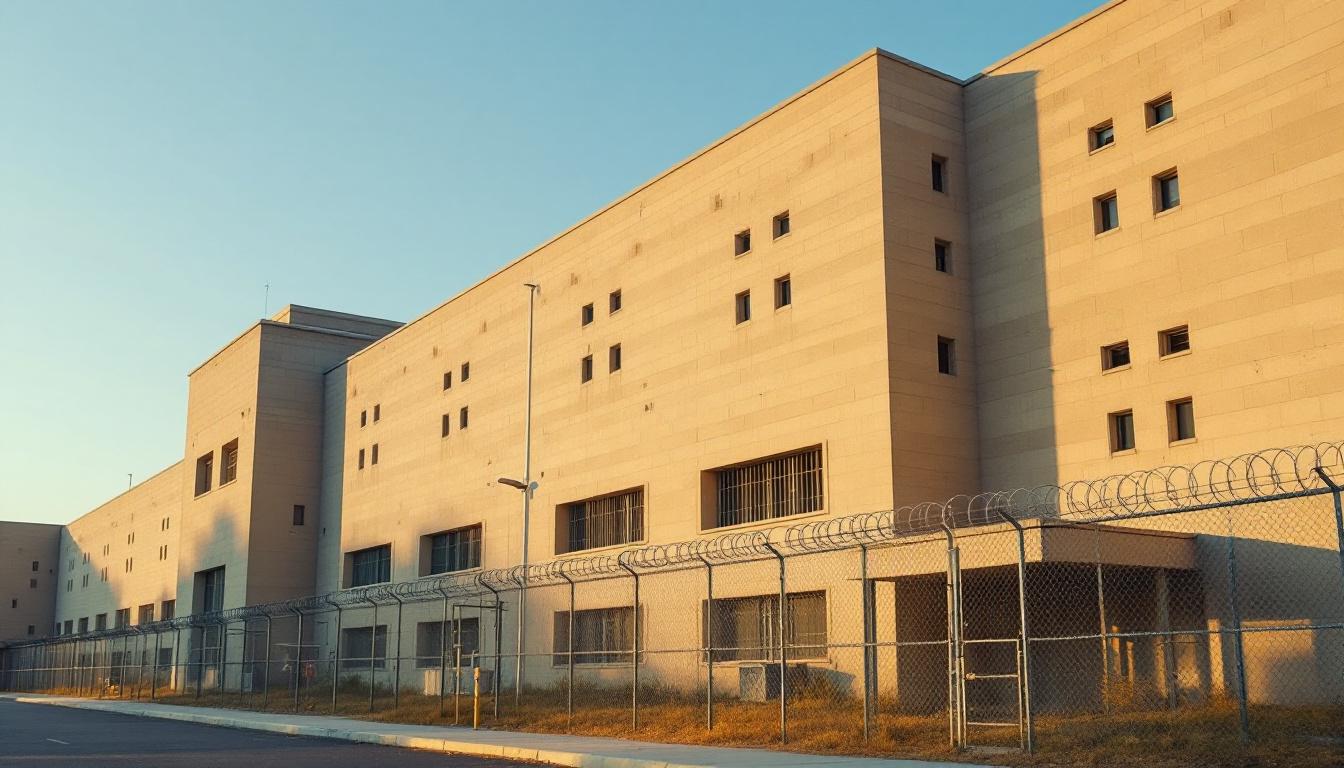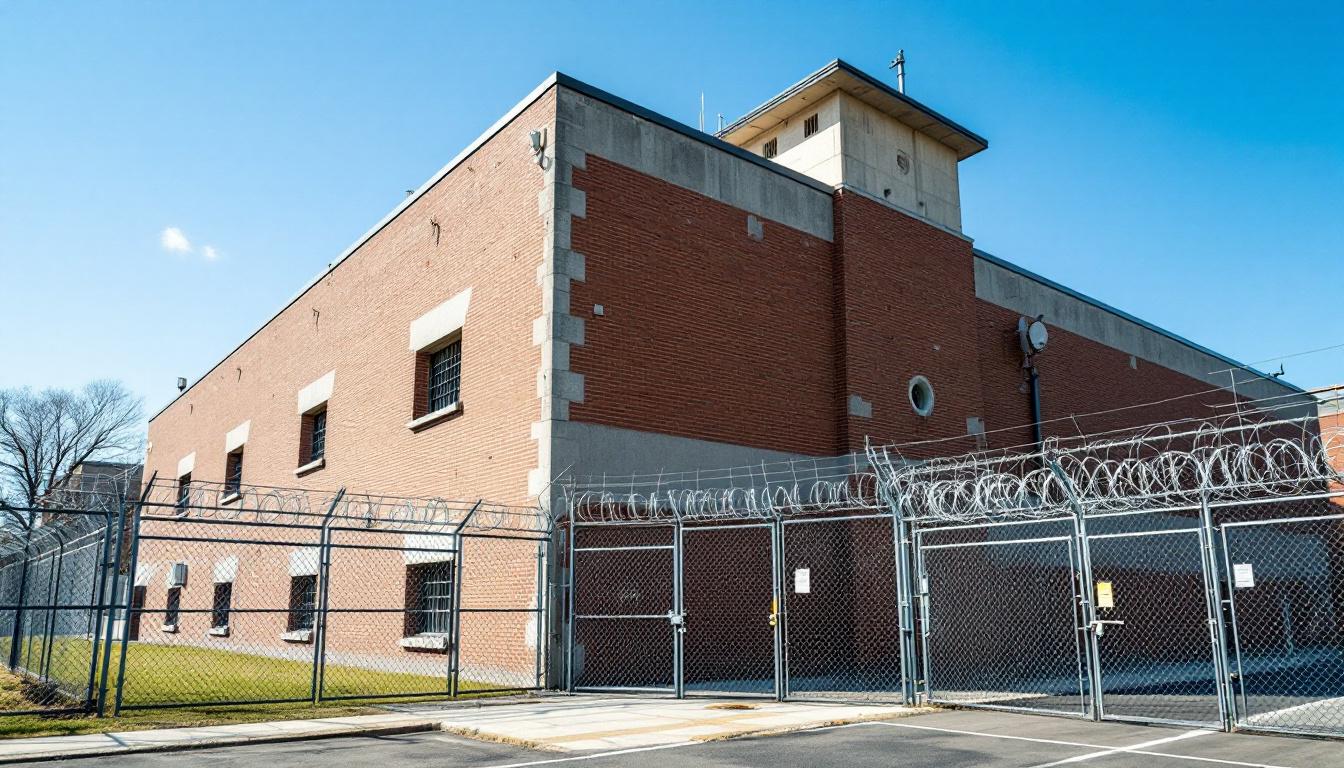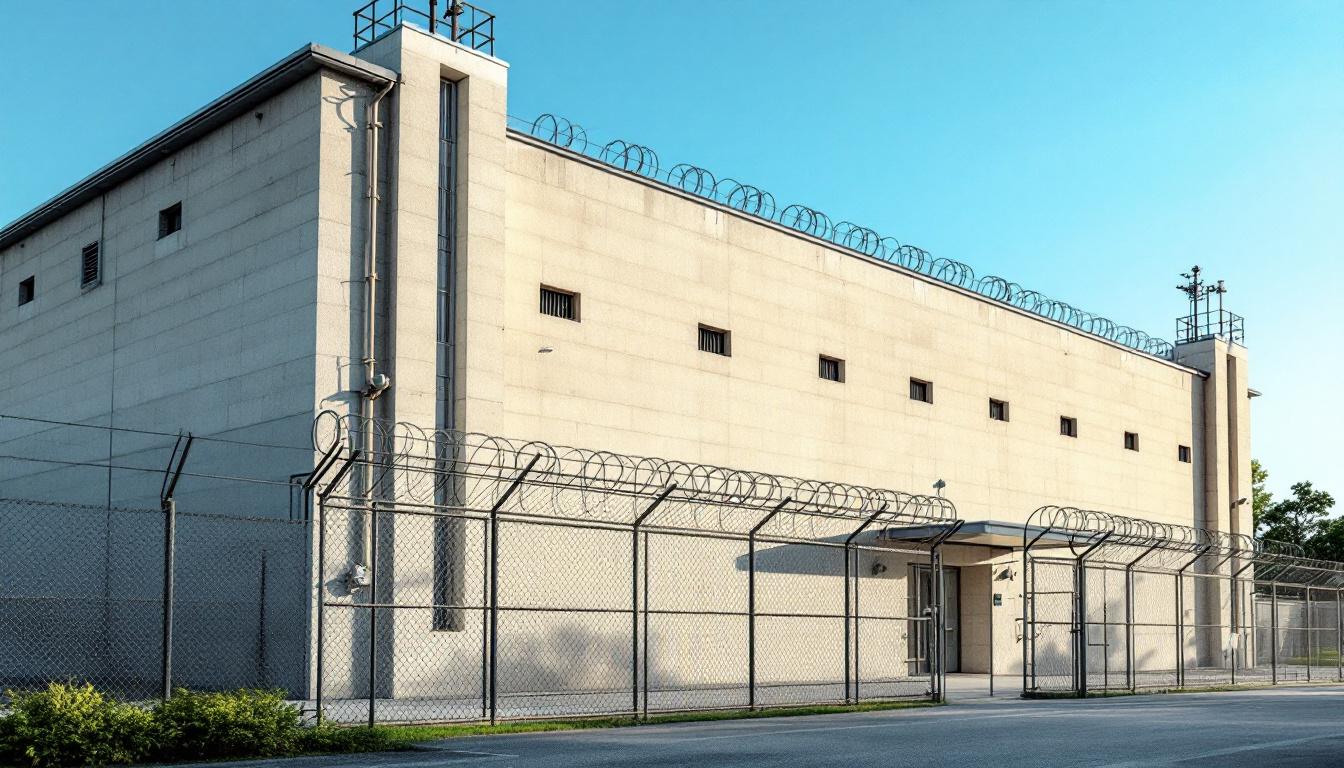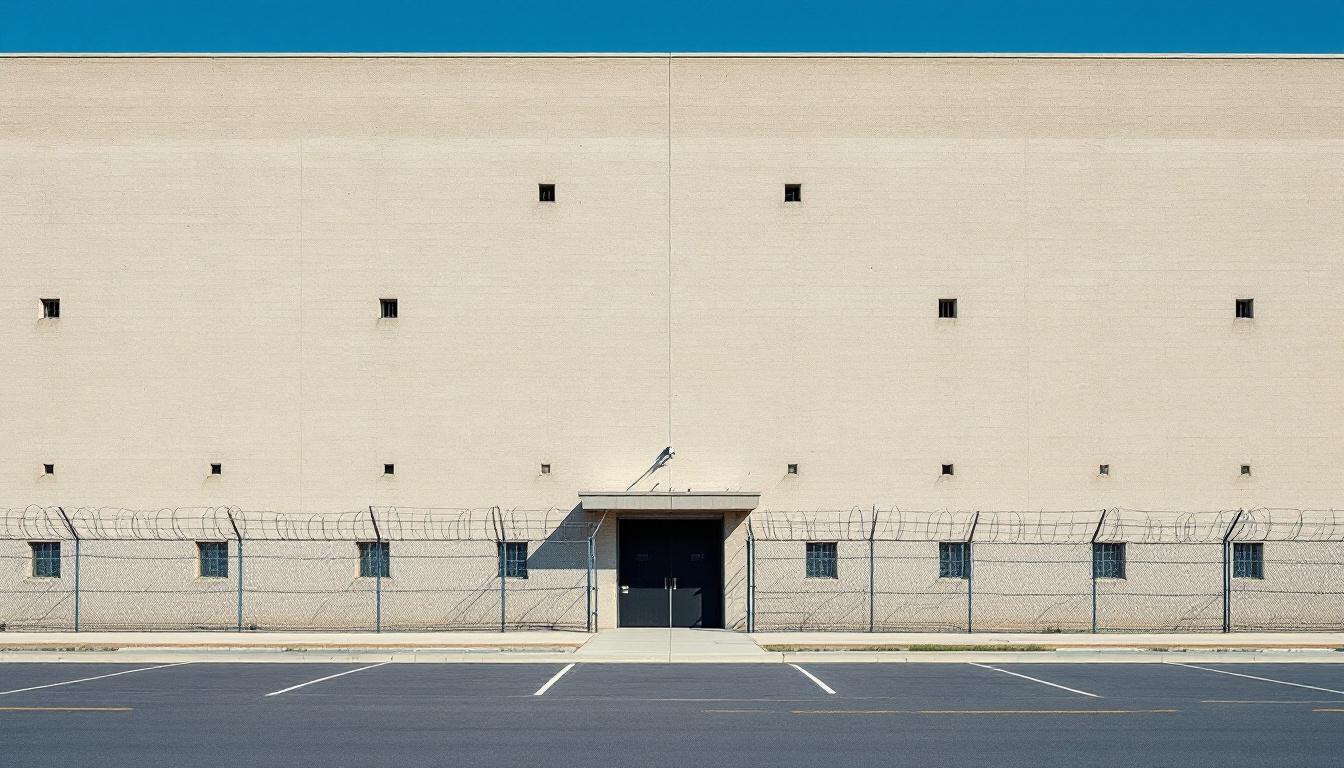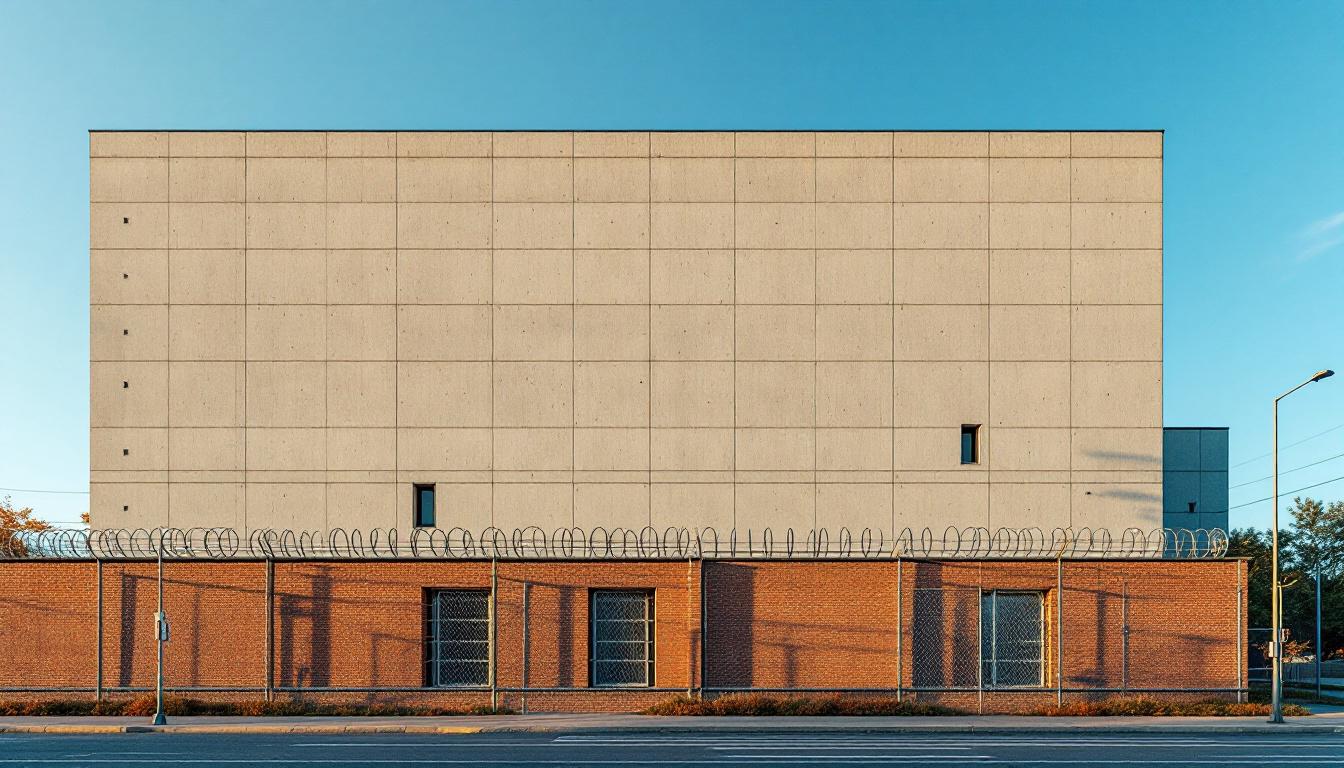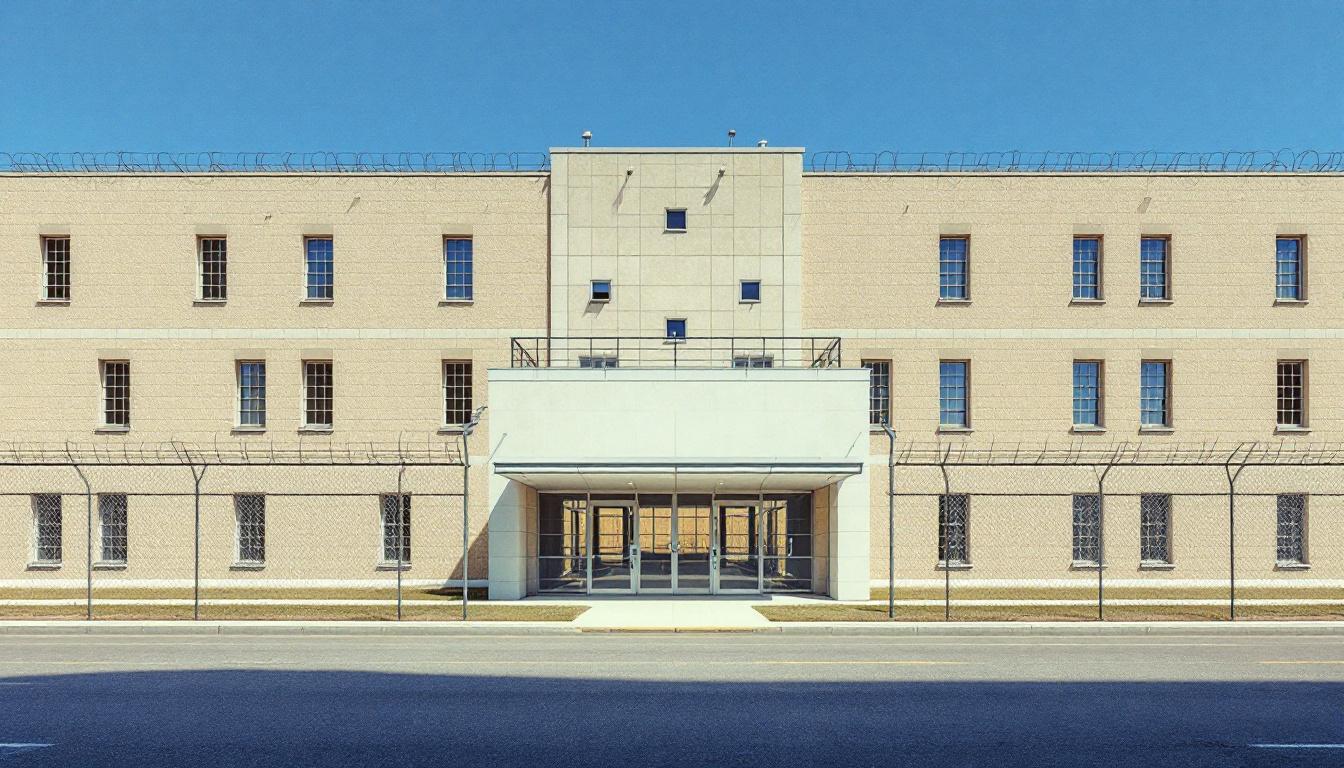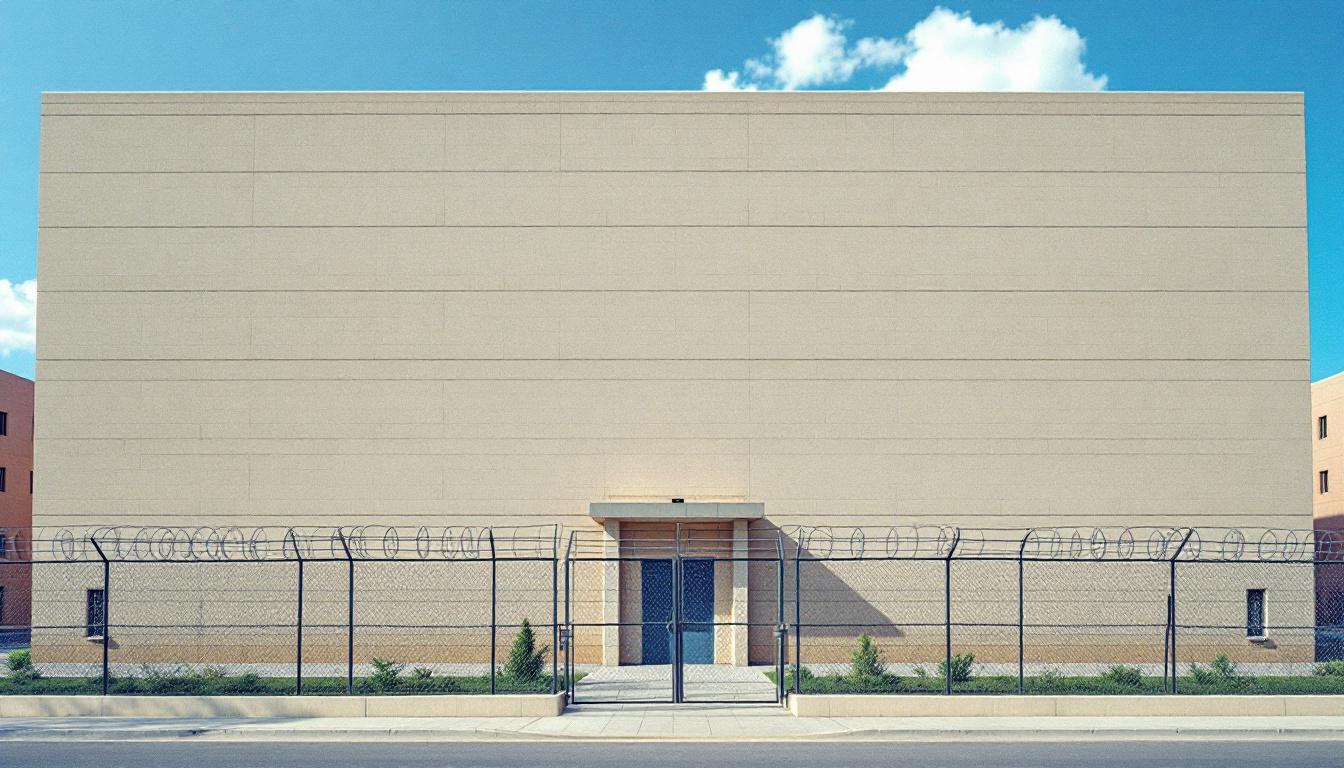
Quick Navigation
How to contact an inmate at Everglades Re-Entry Center
This comprehensive guide will walk you through how to connect with an inmate at Everglades Re-Entry Center. Follow the steps below to find an inmate and send letters and photos:
- Search for the inmate using our search tool below
- Create your account or log in to Penmate
- Write your message (up to 6,000 characters)
- Send instantly - inmates receive printed copies daily
Find an Inmate
Search for an inmate to start communicating today
Tip: You can search by first name, last name, or inmate ID number
To contact a person at Everglades Re-Entry Center start by searching for the person on the official facility website. Perform a search by following these steps:
- Step 1: Enter their first name and last name into the search form and click "Search"
- Step 2: Locate their inmate record
- Step 3: Write down their Inmate ID and any housing information provided
Important! Be sure to enter the person's full name. Nicknames should not be used.
How to Send Messages to Inmates

You can use your phone or computer to send emails, letters, and photos to an inmate. Messages are sent electronically to inmate tablets or kiosks at the facility. If you would like to send a message, start by searching for an inmate at Everglades Re-Entry Center.
Sending Photos and Postcards

A great way to send love and support to a loved one at Everglades Re-Entry Center is to send photos and postcards. It only takes a few minutes to send photos from your phone and it makes a huge difference. You can also mail postcards with words of support and inspiration, or design your own postcard for special moments like birthdays and holidays.
Important! Be sure not to send any explicit photos or they may not be approved by the facility. You can also use a photo printing app like Penmate to make sure your photos are printed at the correct size (4x6 or 3x5) and are mailed according to the rules and regulations of Everglades Re-Entry Center.
Frequently asked questions about Everglades Re-Entry Center
-
How long does it take to deliver a message?
If you're sending an email message your letter is usually delivered within 24-48 hours. For messages sent via mail you should expect delivery within 3-7 days. All messages will need be approved by Everglades Re-Entry Center.
-
How much does it cost to send a message to Everglades Re-Entry Center?
You can send a message free using your phone or mail a message via USPS for the price of a $0.60 stamp and envelope. You can also purchase credits or e-stamps from services starting at $1.99.
-
What services can I use to contact an inmate at Everglades Re-Entry Center?
Penmate
You can use Penmate to send letters and photos to an inmate from your phone. It's an easy way to stay in touch during your loved one's incarceration. Use the inmate locator to find an inmate's location and contact information, then you can send messages within a few minutes.
Securus messaging
Securus may be another option for communicating with an inmate at Everglades Re-Entry Center. You can create a friends and family account and purchase credits to send messages. All messages will be reviewed and must be approved by the facility.
JPay
Some county jails and state prisons may support sending messages with JPay. You must register an account with the system, find your loved one, and purchase stamps to send messages. For some locations you can also attach photos.
Smart Jail Mail
You may also check if Smart Jail Mail is available at Everglades Re-Entry Center. Smart Jail Mail is operated by Smart Communications and has contracted with some state and county jails. After purchasing credits, your messages and photos are sent to the facility, printed out, and then handed out to your loved one.
-
What is the mailing address of Everglades Re-Entry Center?
Mailing address:
Everglades Re-Entry Center
1599 SW 187th Ave
Miami, FL 33194
Phone: (305) 480-4400Business hours:
- Monday: Open 24 hours
- Tuesday: Open 24 hours
- Wednesday: Open 24 hours
- Thursday: Open 24 hours
- Friday: Open 24 hours
- Saturday: Open 24 hours
- Sunday: Open 24 hours
-
What are the visiting hours at Everglades Re-Entry Center?
Visiting hours at Everglades Re-Entry Center vary by housing unit and security level. Generally, visits are scheduled on weekends and holidays, with some facilities offering weekday visits. Contact the facility directly at (305) 480-4400 or check their website for the current visiting schedule. Visits typically last 30-60 minutes and must be scheduled in advance.
-
What items are prohibited when sending mail to Everglades Re-Entry Center?
Prohibited items typically include: cash, personal checks, stamps, stickers, glitter, glue, tape, staples, paperclips, polaroid photos, musical or blank greeting cards, hardcover books, magazines with staples, and any items containing metal or electronics. Only send letters on plain white paper with blue or black ink. Photos must be printed on regular photo paper (no Polaroids). Always check with Everglades Re-Entry Center for their specific mail policies.
-
How do I send money to an inmate at Everglades Re-Entry Center?
You can send money to an inmate at Everglades Re-Entry Center through several methods: 1) Online using JPay, Access Corrections, or the facility's approved vendor, 2) Money orders mailed directly to the facility with the inmate's name and ID number, 3) Kiosks located in the facility lobby, or 4) Over the phone using a credit or debit card. Fees vary by method, typically ranging from $2.95 to $11.95 per transaction.
-
Can I schedule a video visit with an inmate at Everglades Re-Entry Center?
Many facilities now offer video visitation as an alternative to in-person visits. At Everglades Re-Entry Center, video visits may be available through services like Penmate, Securus Video Connect, GTL, or ICSolutions. Video visits typically cost $10-20 for 20-30 minutes and must be scheduled in advance. You'll need a computer or smartphone with a camera and reliable internet connection. Contact the facility for their specific video visitation policies and approved vendors.
-
What identification do I need to visit an inmate at Everglades Re-Entry Center?
All visitors must present valid government-issued photo identification such as a driver's license, state ID, passport, or military ID. Minors must be accompanied by a parent or legal guardian who can provide the minor's birth certificate. Some facilities require visitors to be on the inmate's approved visitation list, which may require a background check. Contact Everglades Re-Entry Center for specific ID requirements and visitor approval procedures.
-
How can I find out an inmate's release date?
To find an inmate's release date at Everglades Re-Entry Center, you can: 1) Use the online inmate search tool if available, 2) Call the facility's records department, 3) Contact the inmate's case manager or counselor, or 4) Have the inmate provide this information during a call or visit. For privacy reasons, some facilities only release this information to immediate family members.
Facility Overview
Contact Information
Everglades Re-Entry Center1599 SW 187th Ave
Miami, FL 33194
Phone: (305) 480-4400
Official Website

About Everglades Re-Entry Center
Situated within the greater Tampa metropolitan area, Everglades Re-Entry serves as a transitional correctional facility designed to bridge the gap between incarceration and community reintegration. This FL correctional facility operates with a collaborative framework that emphasizes preparing residents for successful return to society through comprehensive programming and strategic community partnerships.
The facility's approach centers on connecting residents with essential services that support long-term stability and reduced recidivism. Programs typically encompass vocational training opportunities, educational advancement courses, and life skills development workshops that address practical needs such as financial literacy, job readiness, and housing preparation. Staff members work closely with local Tampa organizations to facilitate connections between residents and community resources, creating pathways for continued support upon release. These collaborative relationships may include partnerships with employment agencies, educational institutions, healthcare providers, and social service organizations throughout the region.
Everglades Re-Entry's residents services generally focus on individualized case management and transition planning that begins early in each person's stay. The facility often provides access to substance abuse counseling, mental health support, and family reunification programs designed to strengthen community ties. Through this service-oriented model, the correctional facility aims to address underlying factors that contribute to criminal behavior while building practical skills necessary for successful reintegration into Tampa's diverse communities and Florida's broader social fabric.
Programs & Services
**Educational initiatives form the cornerstone of rehabilitation efforts**, encompassing comprehensive academic programming alongside specialized civic education components. These evidence-based approaches typically emphasize skill development and knowledge acquisition, recognizing that educational attainment significantly correlates with successful community reintegration. The facility's educational framework may deliver structured learning opportunities that address both fundamental academic deficiencies and advanced skill-building requirements, while civic education initiatives often focus on developing responsible citizenship and community engagement capabilities.
**Academic programming frequently includes** distance learning opportunities that allow residents to pursue educational advancement through technology-enhanced platforms, supplemented by traditional classroom instruction in core subjects. In addition to this, vocational training initiatives may encompass specialized electrical work certification programs, providing residents with marketable technical skills that align with regional employment demands. These educational pathways typically integrate theoretical knowledge with practical application, ensuring that participants develop both conceptual understanding and hands-on competencies essential for successful workforce entry.
**Therapeutic and support services** often includes comprehensive substance abuse treatment programming designed to address underlying addiction issues through evidence-based methodologies. Work release initiatives may provide structured opportunities for residents to maintain employment connections while completing their sentences, facilitating smoother transitions to independent living. In addition to this, physical fitness programming typically promotes overall wellness and stress management, while these combined support services often create a holistic framework that addresses the multifaceted challenges residents face during their rehabilitation journey.
Daily Life & Visitation
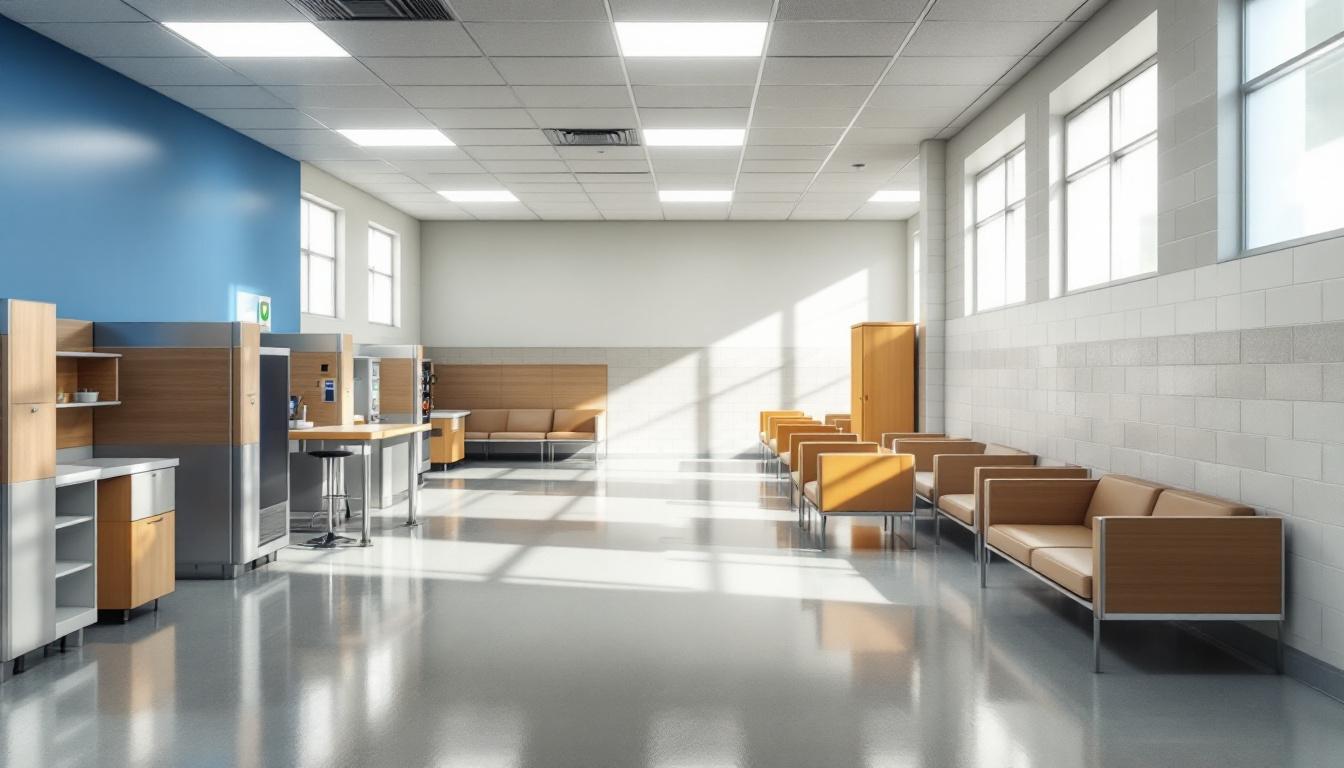
The steady rhythm of scheduled activities currently anchors each day for residents, creating predictable patterns that many find reassuring after periods of uncertainty. Morning routines typically begin early with wake-up calls, followed by personal hygiene time and preparation for the day ahead. Residents generally move through their daily schedule in organized groups, attending meals at designated times, participating in required programming sessions, and fulfilling work assignments that help maintain facility operations. This structured approach continues throughout the day, with specific time blocks allocated for recreation, educational activities, and personal time.
Living accommodations at the facility typically feature dormitory-style housing units where residents share sleeping quarters with others in similar circumstances. Each resident usually receives basic furnishings including a bed, storage space for personal belongings, and access to shared bathroom facilities. Meals are generally served in a central dining area at scheduled times, with residents receiving nutritionally planned meals that meet dietary guidelines. The commissary system allows residents to purchase additional food items and personal care products, providing some degree of personal choice within the structured environment.
In addition to this daily structure, residents may participate in various recreational activities that deliver both physical exercise and social interaction opportunities. Common activities often include outdoor recreation time, television viewing in designated areas, and access to library materials or educational resources. Despite this structured environment, the facility typically maintains visitation policies that allow residents to maintain connections with family members and approved visitors during scheduled visiting hours. Phone access is generally available at designated times, enabling residents to stay in contact with their support systems while working toward their reentry goals.
Ready to Connect?
Start communicating with your loved one today
Search for an Inmate
